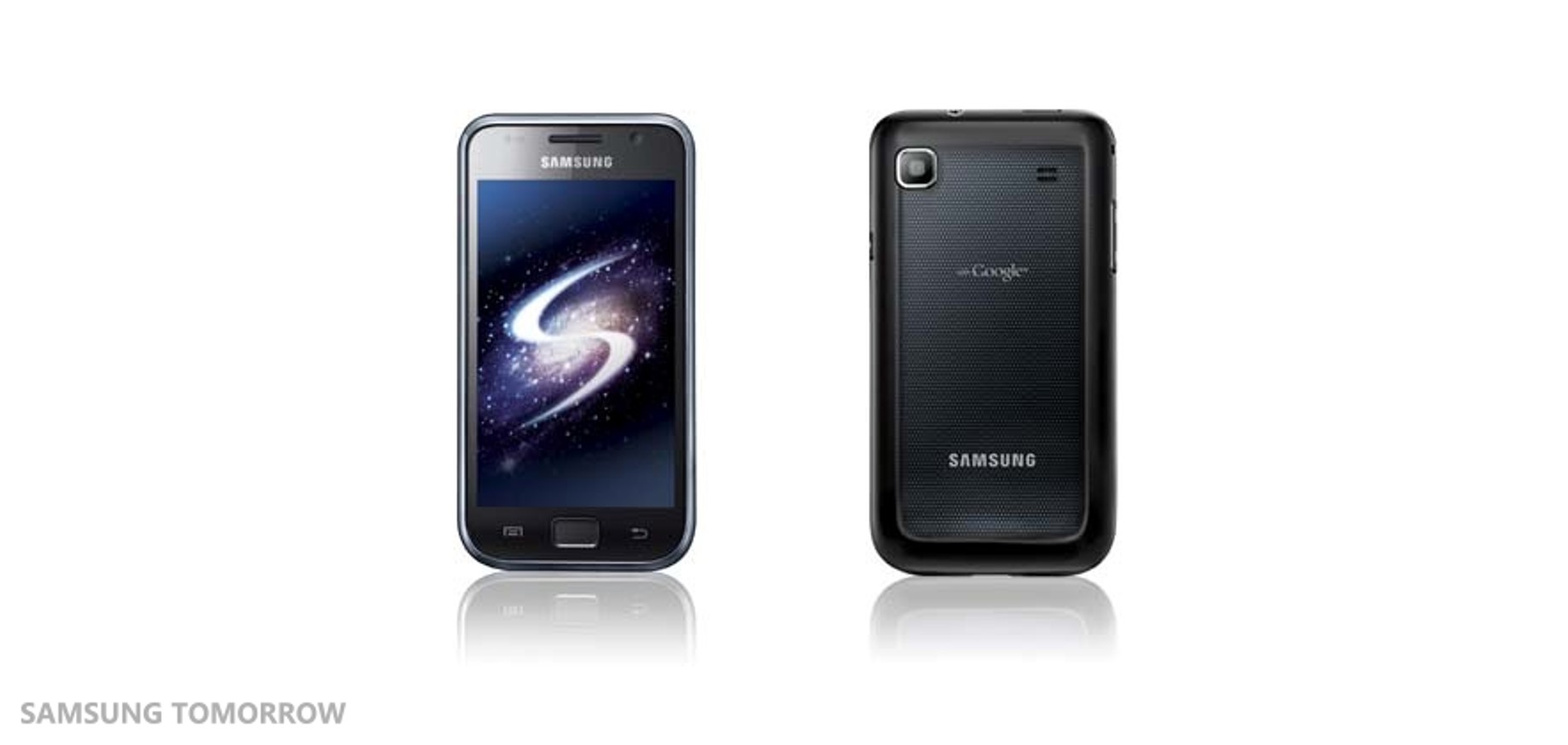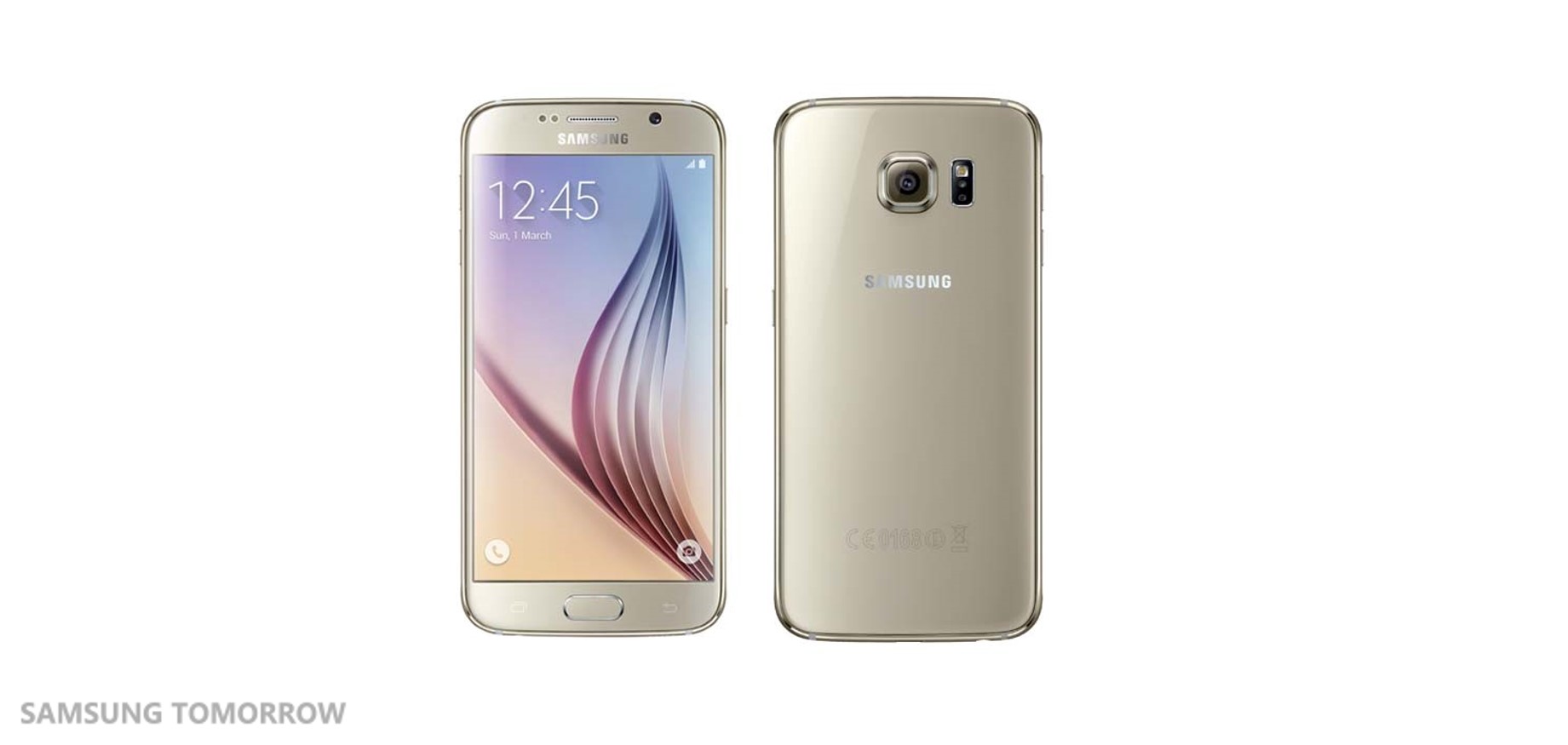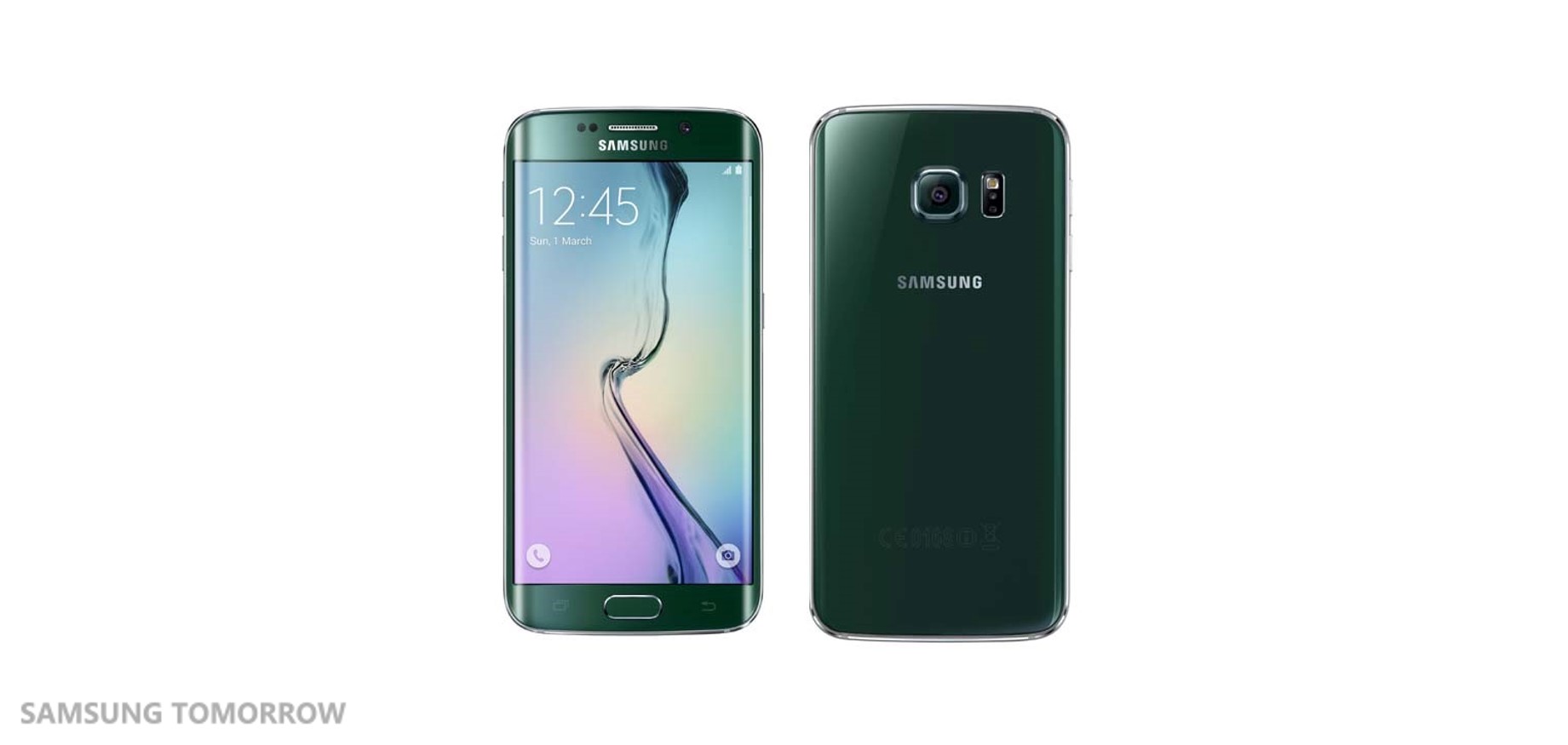“From Zero to Infinity”: The Five-year Journey of the Samsung Galaxy S
on April 3, 2015
http://youtu.be/i1ukzpMckUM
When Samsung unveiled the Galaxy S6 and S6 edge to the world on March 1 it was a pivotal moment for Samsung’s series of smartphones under the Galaxy S label. With the Galaxy S6 and the S6 edge, the company has taken smartphone design to new heights, continuing the Galaxy S tradition of delivering ingenious, mold-breaking design that is innovative, eye-catching and simply beautiful.
The development of these new smartphones had an internal codename: “Project Zero” – and for a good reason. “We named the Project ‘Zero’, because we returned to the very beginning of the Galaxy S – to start from scratch. Our main focus was on creating a whole new growth momentum, instead of resting on our laurels from past achievements,” said JK Shin, CEO and Head of IT & Mobile Communications at Samsung Electronics, ahead of the launch of the S6.
Galaxy S devices have been at the heart of Samsung’s smartphone success. The company became the world’s largest smartphone manufacturer on the strength of Galaxy S devices and the Galaxy S has constantly evolved, ever since the launch of the very first Samsung Galaxy S device in 2010. Now, five years later, the original Galaxy S has received a worthy successor in the Galaxy S6.
It’s been an extraordinary journey, so it’s worth exploring each milestone release in the Samsung Galaxy S range.
Galaxy S : The Trailblazer
On June 4, 2010, the Galaxy S was released to the world. It didn’t take long. Soon after its launch, Galaxy S achieved global mass appeal and become a true hit in the smartphone market.
The Galaxy S found its fame thanks to the performance of its hardware, which won over critics. Its list of features included Samsung’s original Exynos 3110 processor and an outstanding Super AMOLED display, which helped the phone to outperform most of its competitors using the Android operating system.
Just 70 days after its release in the domestic market, the Galaxy S reached the one-million mark in units sold. As of 2013, more than 25 million units had been sold globally. It was this achievement that laid the foundation for the amazing success story of the next Galaxy S.
Galaxy S Ⅱ : The Beloved Second Coming
Following the success of the original Galaxy S, there was much anticipation when the release of the second flagship from the Samsung stable was due. Amazingly, the SⅡ surpassed all expectations. When it was released in April of 2011, consumers embraced the craftsmanship that had gone into the Galaxy SⅡ, calling it “a masterpiece.” With a dual-core Exynos 4 processor, the SⅡ delivered great performance. Equipped with much faster reaction times, an optimized operating system, a larger display and many other features that improved on the Galaxy S, the SⅡ excelled in a highly competitive marketplace, just as its predecessor did. During its first month, the SⅡ reached a million units sold in Korea. Samsung sold an astounding 40 million units worldwide during the first 20 months.
Although four years have passed since its launch, many Galaxy lovers still say that the Galaxy SⅡ was their favorite. In Korea, a survey of mobile phone users saw the SⅡ gain praise as the most beloved Galaxy model.
The Galaxy SⅡ ensured that the entire range of Galaxy devices gained truly global name recognition. More importantly, though, it delivered success beyond the company’s wildest expectation, making Samsung the world’s leading manufacturer of smartphones in 2011.
Galaxy SⅢ : Global Smartphone Market Dominator
However, after the Galaxy SⅢ was launched, Samsung’s sales volumes truly skyrocketed. The smartphone came on the market in May 2012, and in just seven months, more than 40 million units were sold. It set yet another record for Samsung smartphone sales – both in Korea and worldwide. An average of nearly 190,000 Galaxy SⅢ units were sold every day during that period. Thanks to huge interest from the public and the media, the Galaxy SⅢ pushed the combined sales volume of all Galaxy S models beyond the 100-million-unit mark. Since the debut of the first Galaxy S in May 2010, it took just two years and seven months to reach this landmark. Ever since, Samsung Electronics has been the defending champion when it comes to the number of smartphones shipped worldwide.
The Galaxy SⅢ was the first smartphone that gave Galaxy S devices a reputation for sleek design. The streamlined appearance of the SⅢ’s body was inspired by pebbles on the beach, and put its main emphasis on an improved user experience, rather than focusing on boosting the hardware performance alone.
Another significant change was the SⅢ’s camera, which quickly became one of the main selling points. It was actually the result of listening to the needs of consumers, who wanted to take great photos quickly and easily with their phone cameras. The Galaxy SⅢ’s camera sensors were a marked improvement over its predecessor’s and had the ability to enhance image quality enough to compete with compact cameras.
Galaxy S4 : 10 Million Sold in 30 Days and the Bestselling Galaxy S So Far
With the Galaxy S4, Samsung continued its run of bestselling smartphones. While the overall appearance did not change dramatically, the performance of the hardware improved significantly. Despite having a 5-inch (130 mm) Full HD Super AMOLED screen and a larger battery, Samsung managed to make the Galaxy S4 even thinner and lighter (7.9mm, 190g). Little wonder that the Galaxy S4 sold 10 million units in just one month, once again breaking Samsung’s own record. Thanks to the amazing sales of the S4, Samsung was able to corner as much as 32.3% of the global smartphone market share, making the company the global market leader. Compare that with 2009, when Samsung had a global smartphone market share of just 3.7%. It took just four years since the launch of the original Galaxy S in 2010 to boost this number eightfold!
The Galaxy S4 truly delivered on its marketing slogan: “Life Companion.” Users could share music and games through Group Play, while the S Health application managed their wellbeing. It also came with the S Translator, which supports translation between 10 languages. The S4 stood out with its unique features to enhance the lives of users. In this respect, it really differentiated itself from the evolution of its predecessors, which had focused mainly on improving hardware features and – with the SⅢ – the overall user experience.
Galaxy S5 : The Evolution
Thanks to the success of its predecessors, the release of the Galaxy S5 attracted global attention. For the first time, a Galaxy S device was launched simultaneously in 150 countries. The smartphone offered a whole raft of improvements: improved camera, battery saver, fingerprint scanner, water/dust resistance and a heart rate monitor compatible with wearable devices.
Project Zero : The All New Galaxy S6
With the S6, Samsung wanted to take a look back and check if the Galaxy was offering exactly what users wanted, how they wanted it. So Samsung, after the years of journey with Galaxy S devices, took a step back to really listen to consumers and media. The code name for the new Galaxy S6 was ‘Project Zero’ and the slogan of Samsung Galaxy Unpacked 2015, the annual showcase event for the device, was ‘All New Galaxy.’ This approach showed Samsung’s determination to lead the global smartphone market once again, with smartphones that are innovative and based on a totally new design ethos.
The Galaxy S6 was finally unveiled in March, and instantly received very positive reviews from the media and the public. Samsung had done it yet again, delivering a device that goes beyond expectations. Consumers worldwide just can’t wait to see the S6 with its fresh new design and overwhelming performance. The enthusiasm for the Galaxy S6 is a hard-earned reward for Samsung’s engineers; they accepted the challenge of starting from scratch, and building a smartphone that is the very essence of what made the first Galaxy device a success.
The design is the most obvious reflection of their efforts. The Galaxy S6 blends seamlessly two very different materials – metal and glass. The toughness of the metal and smoothness of the glass are in perfect harmony, creating an object of outstanding beauty. As for the Galaxy S6 edge, it has the revolutionary Dual Curved Display, which maximizes convenience with a very unique design.
One of the biggest innovations featured in the Galaxy S6 is a completely new approach to wireless battery charging. Unlike previous devices offering wireless charging, the S6 doesn’t require a special rechargeable case; all you need to do is simply put your Galaxy S6 on the wireless charging pad. And if users have a need for speed, then traditional AC recharging has become much faster too: the S6 gets enough power for nearly four hours of use with just 10 minutes of charging.
Another key feature on the Galaxy S6 and S6 edge is the camera. With a 16MP rear camera with OIS, Auto HDR and an f/1.9 lens, the Galaxy S6 offers one of the best imaging experiences you can find on a mobile device. The front camera with a whopping 5MP camera that supports HDR and has a f/1.9 lens is also expected to be a game changer, especially with selfies being so popular.
We hope you enjoyed this journey through the history of the Galaxy S. Please stay with us, as the S6 continues to chronicle the steps Samsung is taking to go from zero to infinity.
Reference: [Infographic] Specifications of the Galaxy S Series
Post updated on April 13, 2015
*All functionality features, specifications and other product information provided in this document including, but not limited to, the benefits, design, pricing, components, performance, availability, and capabilities of the product are subject to change without notice or obligation.






